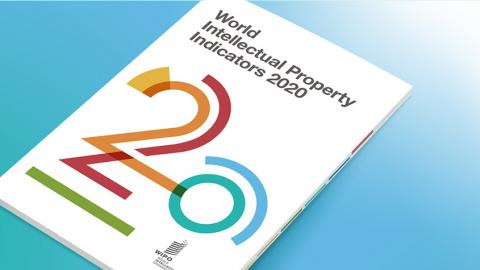World intellectual property indicators 2020 report released
-
News
-
Brevet
-
Marque
-
Dessin et modèle

Trademark and Industrial Design Filing Activity Rose in 2019; Patent Applications Marked Rare Decline
Trademark and industrial design filing activity increased by 5.9% and 1.3% respectively. A 3% decline in global patent applications, the first fall in a decade, was driven by a drop in filings by Chinese residents. Excluding China, global patent filings rose 2.3%. The annual WIPI report collects and analyzes IP data from some 150 national and regional offices to inform policy makers, business leaders, investors, academics and others seeking macro trends in innovation and creativity.